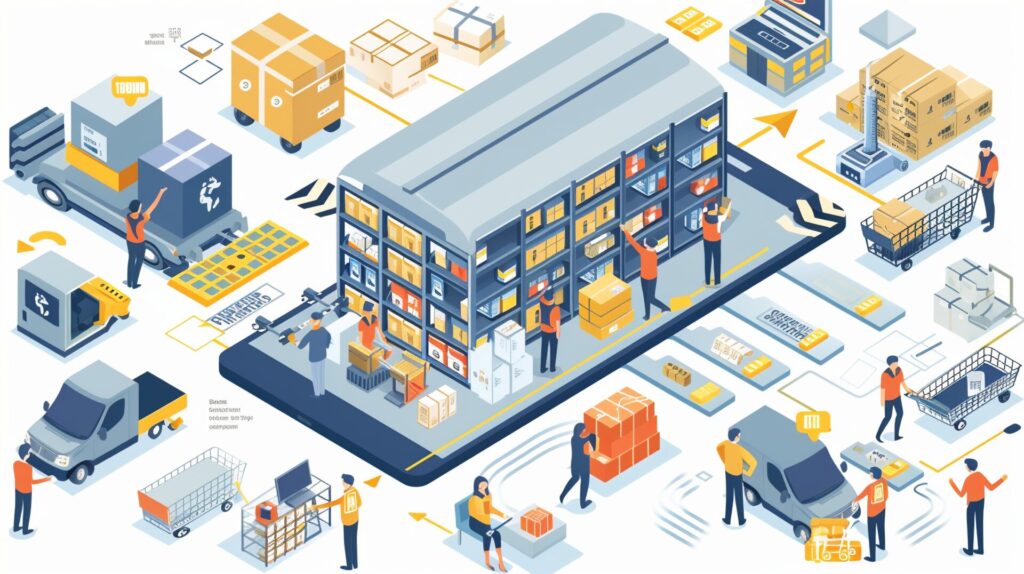
Introduction
In the rapidly evolving logistics industry, supply chain management is becoming increasingly complex. To enhance efficiency, businesses are outsourcing logistics functions to specialized providers. These providers are categorized into different levels: Third-Party Logistics (3PL), Fourth-Party Logistics (4PL), Fifth-Party Logistics (5PL), and Sixth-Party Logistics (6PL). This article explores these logistics models, their differences, and their advantages.
1. Third-Party Logistics (3PL)
Definition: 3PL providers offer outsourced logistics services, including transportation, warehousing, and distribution. These companies act as intermediaries between manufacturers and retailers to streamline logistics operations.
Key Features:
-
- Transportation and freight management
-
- Warehousing and inventory control
-
- Order fulfillment and distribution
-
- Customs brokerage and freight forwarding
Advantages:
-
- Cost savings through outsourcing logistics functions
-
- Improved efficiency and faster deliveries
-
- Access to expertise and advanced logistics technologies
2. Fourth-Party Logistics (4PL)
Definition: 4PL providers act as logistics integrators, managing and optimizing the entire supply chain. They coordinate multiple 3PLs and technology solutions to provide end-to-end logistics management.
Key Features:
-
- Strategic supply chain management
-
- Data-driven optimization of logistics networks
-
- Vendor and partner coordination
-
- Risk management and cost control
Advantages:
-
- Greater visibility and control over the supply chain
-
- Improved efficiency through centralized logistics management
-
- Enhanced scalability and flexibility for businesses
3. Fifth-Party Logistics (5PL)
Definition: 5PL providers focus on managing supply networks rather than individual supply chains. They integrate advanced technologies, including AI and blockchain, to optimize logistics operations on a larger scale.
Key Features:
-
- Aggregation of multiple supply chains
-
- Heavy reliance on automation and AI-driven logistics solutions
-
- Negotiation and management of service providers
-
- Cloud-based logistics platforms for enhanced coordination
Advantages:
-
- Optimization of complex, multi-party supply chains
-
- Reduced operational costs through data-driven insights
-
- Scalable solutions for e-commerce and global trade
4. Sixth-Party Logistics (6PL)
Definition: 6PL is an emerging concept focused on sustainability-driven logistics. These providers incorporate environmental and social governance (ESG) principles into logistics operations to reduce carbon footprints and enhance sustainability.
Key Features:
-
- Green logistics and carbon footprint reduction
-
- Sustainable transportation solutions (e.g., electric and hydrogen-powered vehicles)
-
- AI-driven sustainability analytics and reporting
-
- Circular supply chain management
Advantages:
-
- Compliance with environmental regulations and sustainability goals
-
- Cost savings through energy-efficient logistics solutions
-
- Improved brand reputation and corporate social responsibility
Conclusion
As businesses continue to seek efficiency, cost savings, and sustainability in their supply chains, the role of logistics providers is evolving. Understanding the differences between 3PL, 4PL, 5PL, and 6PL enables companies to choose the right logistics model based on their needs. Leveraging the expertise of these providers can enhance supply chain performance, improve customer satisfaction, and contribute to long-term business success.

